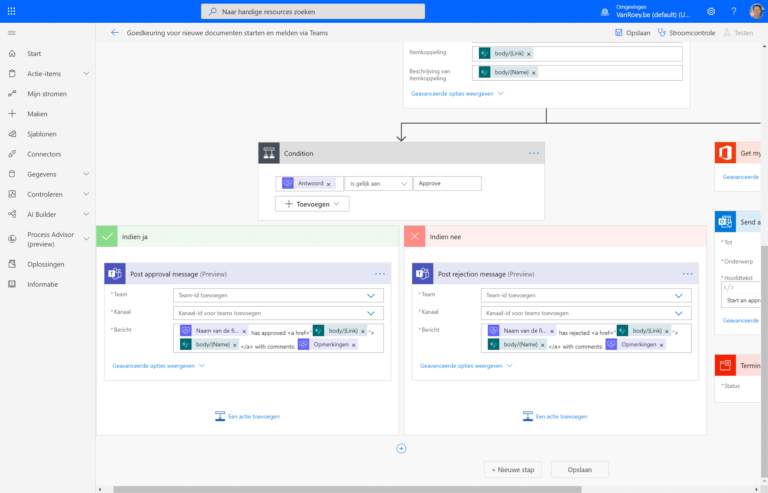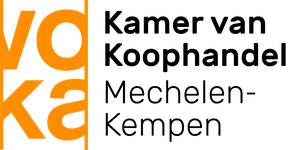Not surprising that more and more people take the plunge and migrate to SharePoint Online. It offers stability and has many extensive features. Saying goodbye to their classic fileserver, where there are now so many shared folders that it is almost impossible to see the wood for the trees, is a logical step.
Of course such a migration is not done in one, two, three. It is best to use a structured approach with an accompanying step-by-step plan. Thanks to our many years of expertise in this area, we would like to give you a little insight into our approach.
What is the best way to go about this?
1. Map everything
Before we can speak of a migration project, an analysis must be made. Here we map out which documents and/or other content the company has and where they are located. In most cases this involves a migration from a SharePoint Server, fileserver or cloud storage to SharePoint Online. After the analysis we have an overview of all the data and we can take a critical look at which of these data are still relevant to the company. This is where the first filtering of the data takes place.
2. Design a (basic) structure
After all data has been filtered for the first time, we start determining the structure. This structure must be user-friendly and take into account the potential growth of the company in question. Before defining the new structure, we consult with different departments within the company. Of course the IT department is involved, but also perhaps the most important group: the end users. In our opinion, a new structure can never be made without testing it with the end users, since this group will be in contact with it on a daily basis.
Once we have defined a logical structure, which we think is user friendly and future proof, we can think about the rights structure. Who can do what, and where. This is perhaps the moment when many people give up. Many are scared of the amount of work involved in a migration. This is understandable but it is also essential that the basis is in place before the new environment can be put into use. As a service provider, we can provide you with optimal support and advice where necessary. Please note that there is no one who knows the data within your organisation as well as your own employees.
3. Adoption with change management
We've seen repeatedly that companies don't commit (enough) to adoption. This is a mistake that was mainly made in the past. An organization buys an expensive new IT system and introduces it within the company. Because there is no focus on user adoption within the company, the system is not used optimally.
As VanRoey.be we think this is the most crucial part of a successful migration to SharePoint Online. Therefore we employ several experts who can call themselves "Change practitioners" according to the Prosci methodology. These experts support you with the necessary insights to bring the adoption of the users to a successful conclusion with our continuous learning package.
Most companies sometimes forget that the migration to a new system not only requires the necessary knowledge of the new package. The employees also need to make a mind shift to the new way of working. In the case of SharePoint Online this is no different. During the various workshops we give or conduct at a company to design the new structure, we often notice that people are stuck in their way of thinking. They are too focused on creating a folder structure. This is only logical since Microsoft has been pushing us in this direction since Windows 95. You might recognise yourself in the constant creation of new folders to put documents in because "how else can I find these documents?". In SharePoint Online, it is more efficient to 'tag' documents with metadata. Using a very powerful and intuitive search function, the desired documents appear. This way, finding documents is child's play, instead of endlessly navigating through folders to find your document.
Good agreements make good friends. That is why we start the migration by making good agreements between both parties. We discuss how we will proceed, usually we use a pilot department. If this start-up is successful, a planning can be made as to which departments will go live when, as well as supervising the test phase.
All these agreements ensure transparency between both parties, which is necessary to keep everything on the right track and to bring the migration to a successful conclusion. During the live process we will constantly keep our finger on the pulse, so that we can adjust where necessary. As mentioned before, in this blog post we only give you a small glimpse of the possibilities. In reality we will go deeper into this.
4. Take into management
Of course the cooperation doesn't have to stop after the migration and we also offer several managed services contracts to relieve the customer as much as possible. We provide optimal management of your environment. For this purpose, we always plan an introductory meeting to get to know the customer (even better) and to work out a tailor-made proposal. Your needs must be met by us.
Any questions?
Want to know more about SharePoint? Or do you still have questions about a possible migration? We are happy to help you so don't hesitate to contact us.
VAT no.
share this post:








